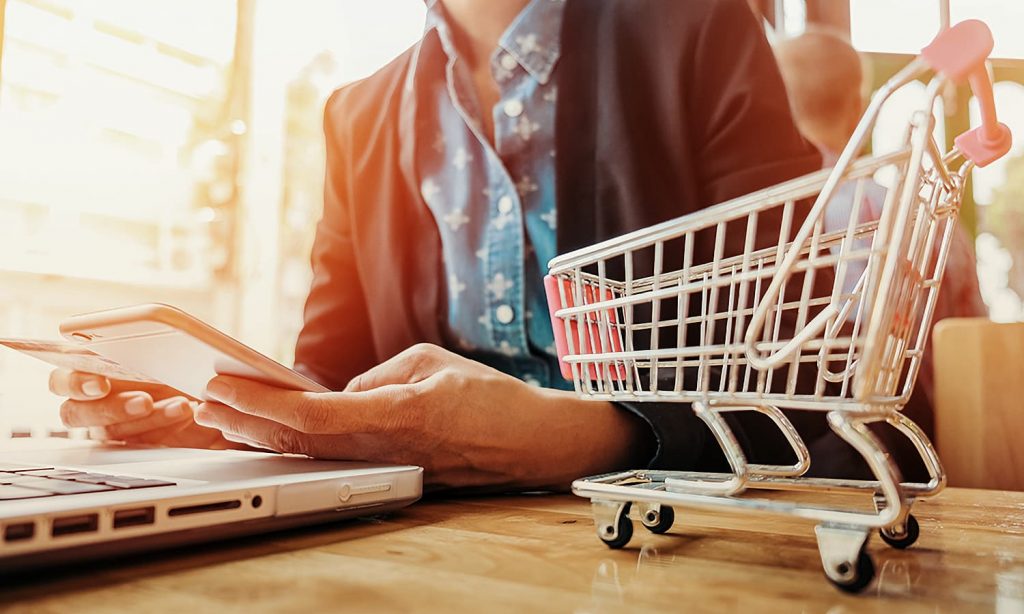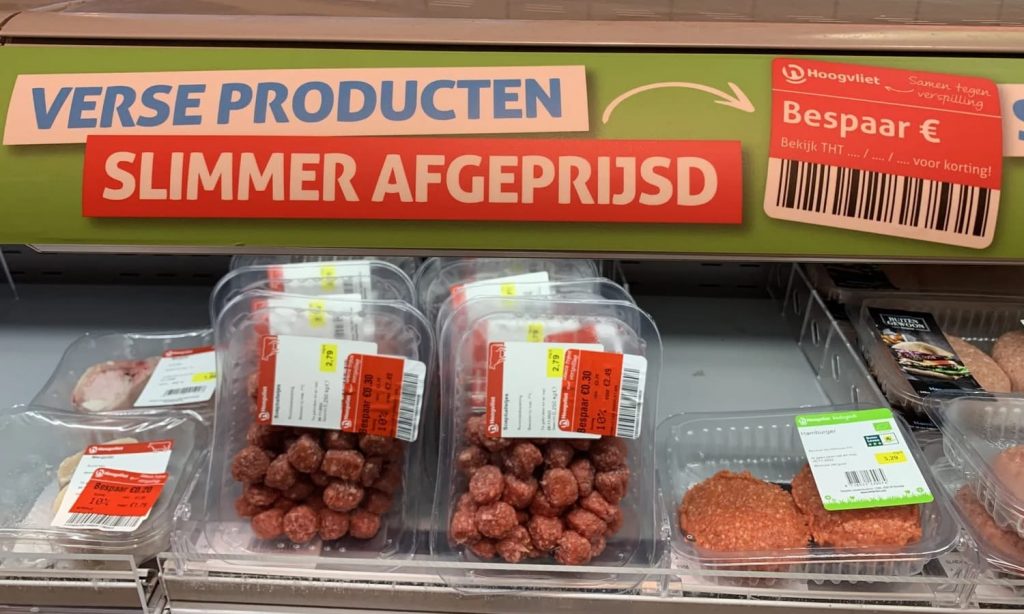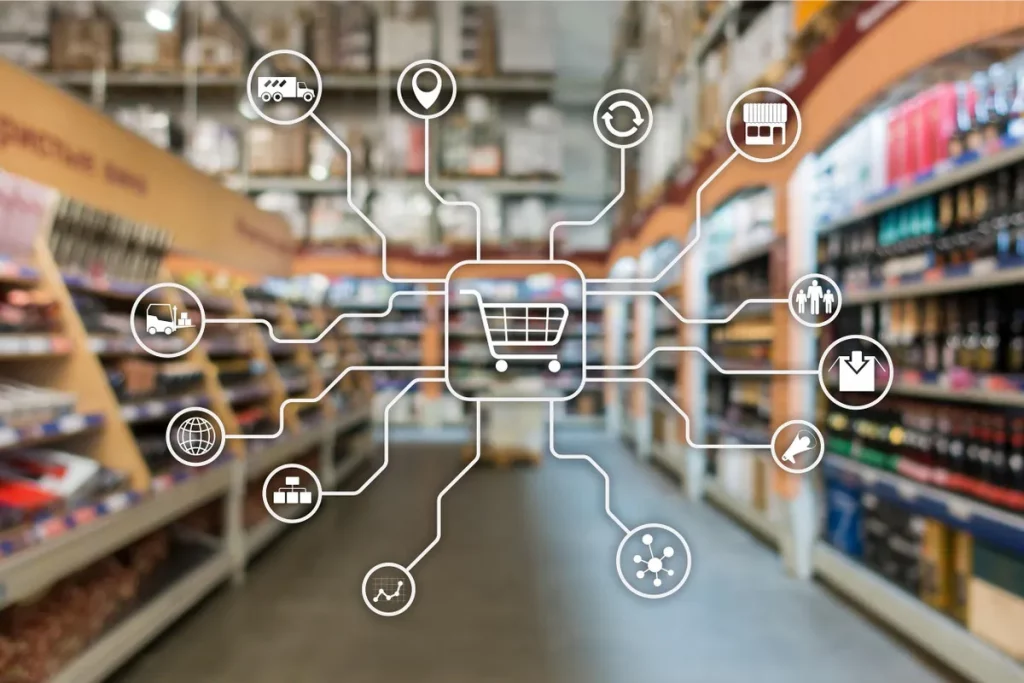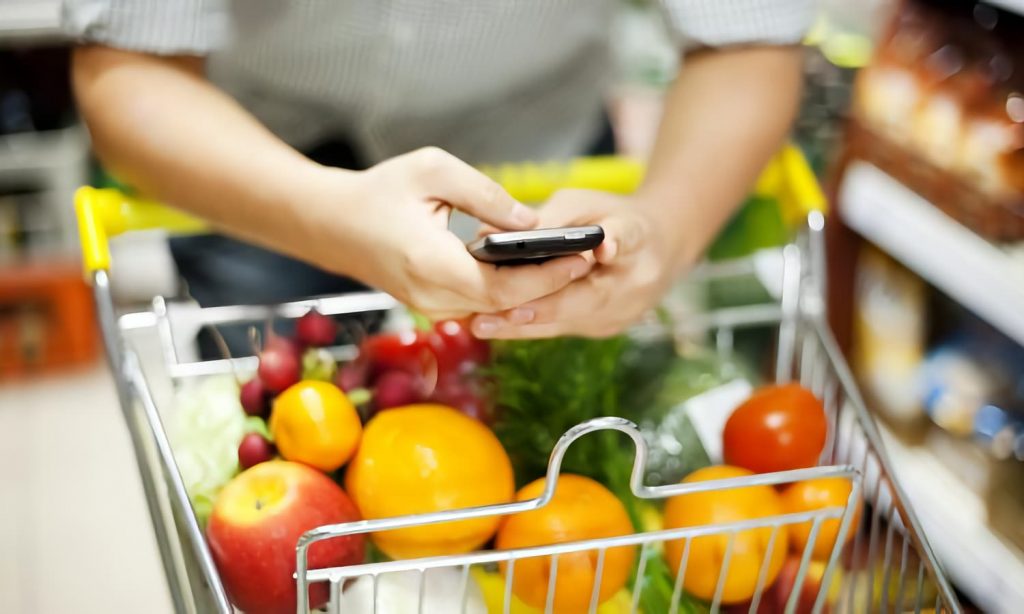Consumers have high expectations for tech-enabled retail, something many retailers are lacking. Retail chains are not keeping up with customer technical requirements. All the more interesting are the successes of the leaders — Walmart, Target and Kroger, which received high customer ratings for their automation. And setting automation trends in retail.
Consumer hopes
Consumers have particular expectations of in-store technology. They need to be more effective, efficient, enjoyable and personalized. Such data became known thanks to a study by the branding agency ChaseDesign. The company surveyed 1,000 consumers aged 25 to 54 through the mPulse research platform.
In ChaseDesign Report | JGA Tech’s 2022 Retail Survey published findings that mobile apps and mapping are the top technologies customers want most. To meet consumer demands, 83% of retailers expect to implement more technology in their stores in the coming years.
Shoppers surveyed also rated retailers that provide the best technology to their guests. Walmart, Target and Kroger have been praised for providing consumers with the best digital shopping experience.
“The bottom line of the study was that it is important for brands and retailers to take these findings into account and create meaningful experiences for shoppers that save them time. These solutions must be easy to use and provide clear value,” explained Joe Lampertius, president of ChaseDesign | JGA. – Retailers are delivering more relevant and rewarding experiences through modern retail technology. These experiences drive consumer behavior and help them learn, compare and find new and relevant products. If it’s done well, it will lead to more purchases.»
Technology trends require brands and retailers to rethink how they move forward to attract shoppers and where they should invest for new growth. Marketers must focus on connecting technology with buyer needs to make it easy and enjoyable to interact with.
«Automated ordering»

No other area of the store has changed as dramatically as the ordering experience. This is where the move to automation is supported by customers – 57% of respondents use digital orders “all the time.” However, 67% of respondents said they had experienced failure when placing an order themselves, and 54% said they had never encountered contactless ordering. 11% say they use grocery scanning “all the time” while ordering, while 59% say they use it “rarely” or “occasionally.”
The most used technology, used by 67% of consumers, is the smartphone. More than 55% of shoppers are interested in text messaging, chatbots or voice assistants that can assist them and provide product information in-store, the report found. 67% of shoppers use their smartphone while shopping, with 55% actively using a retailer or brand’s app.
The study also found that shoppers want better in-store Wi-Fi connectivity, personalized rewards and coupons associated with their account. Shoppers expect retail technology to be easy to understand and use, noting that they want more options to scan and compare prices on products.
In addition, consumers indicated that they would like to be notified when products are available, and more than 70% of shoppers reported that they had experienced issues with inventory and availability at the point of sale. Many shoppers (76.7%) are interested in interactive displays that provide more information about different brands.
Time is money

The most common ways shoppers use their phones in stores is to check prices and compare products, search for discounts and promotions, and access coupons.
The main advantages of using technology in stores are:
- getting the best price;
- convenient, fast ordering;
- receiving rewards for loyalty;
- receiving individual coupons; And
- faster shopping trips.
Savings in money and time were highlighted in the report. 29% of respondents indicated that using technology in stores “saves time.” 13% of respondents chose “saves money” as the main factor.
The Tech at Retail Survey confirms that time is the new currency. The bottom line is that when technology is used correctly in retail, it allows consumers to enjoy their shopping experience more by making trips to the supermarket quick, cost-effective and personalized. And this, as it turned out, is worth a lot to the spoiled guests of the stores.
AI solutions in retail

Surprisingly, smaller retailers are keeping up with the innovation of the retail market leaders. By embracing artificial intelligence (AI) technologies, retailers are tackling important challenges such as reducing food waste at the point of sale.
Thus, the Hoogvliet supermarket chain is testing a dynamic pricing system in its stores in the Hague region. At the heart of their solution is intelligent and dynamic pricing of fresh produce that drives behavioral change among consumers.
Food waste has a major impact on the climate and causes unnecessary greenhouse gas emissions. To reduce waste, behavioral changes are needed for both companies and consumers who prefer fresh food with a short shelf life.
Hoogvliet’s solution is to offer near-expiration products at a significant discount. Modern systems for reducing prices for perishable goods are usually not “subtle”, most often they are too late or extremely labor-intensive. Hasteless technology, controlled by artificial intelligence, offers significant cost savings through reasonable price reductions.
By applying AI-based price reduction technology to existing trading operations, Hoogvliet is expected to reduce waste costs and price reductions in the short term by 30% and 50%, respectively.
How it works?
Wasteless has optimized barcodes and electronic labels for retail. The risk of product on the shelf exceeding its expiration date is controlled. Because the product is more likely to go unsold and expire, it becomes cheaper. This encourages the customer not to buy the latest product.
A wireless algorithm automatically updates shelf prices in the app that Hoogvliet employees use to check the shelf and when placing an order.
In doing so, the Dutch retailer encourages customers to make responsible and more sustainable choices.
“Our goal is to encourage Dutch consumers to become more responsible when it comes to their purchases, which is good for both their wallets and the planet,” says Sebastian van Duijn, CMO at Hoogvliet. “The price reduction systems we have seen are unattractive and difficult to manage effectively. We do everything we can to reduce CO2 emissions. Having enabled the integration in three Hoogvliet stores in The Hague, we are pleased to see a positive reaction from customers positioning us as a green brand.”
Oded Omer, co-founder and CEO of Wasteless: “Our solution helps supermarkets optimize their inventory management systems. By joining forces with innovative retailers like Hoogvliet, we’re one step closer to saving the planet and achieving our goal of reducing food waste in retail. In addition, practice shows that our solutions increase retailer profits by 80%.
Wasteless is a stakeholder in the Samen Tegen food waste reduction programme.
Technologies in retail

In 2022, food retailers invested an average of 1.3% of total sales in technology upgrades, more than $1.5 billion. And 83% of them said they expect to spend even more this year, according to FMI’s Food Retail Report industry says, released in 2022.
Nearly three-quarters of grocers (73%) reported experimenting with new technologies to improve the customer experience, and 80% said they were investing in technology to improve sales efficiency at the retail outlet.
We never tire of saying: using technology in retail brings many benefits. They improve the customer experience by providing more convenient and personalized services, allowing for optimized inventory and inventory management, which reduces costs and increases efficiency.
We’ve talked repeatedly about how data analytics and artificial intelligence can help predict demand and develop more effective marketing strategies. In addition, electronic payments and online financial tools make the payment process easier for consumers and businesses.
Technology in retail truly drives sales growth, increases customer satisfaction and reduces transaction costs.
